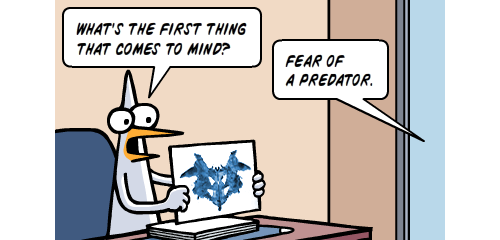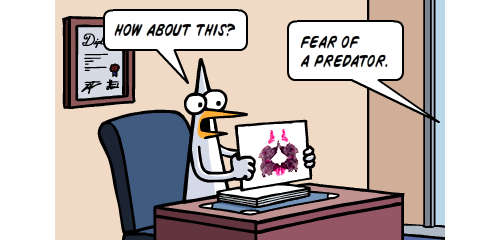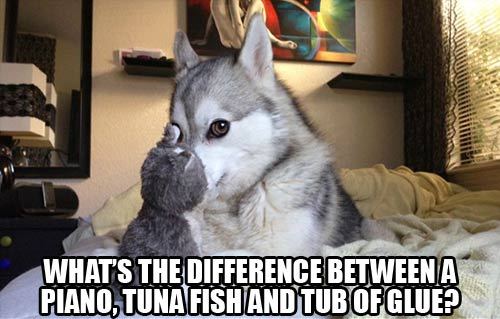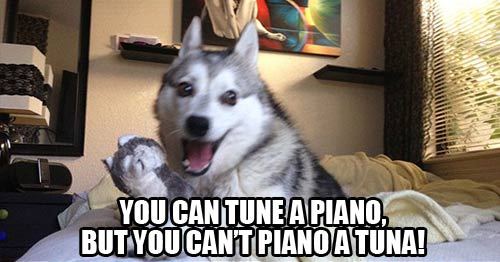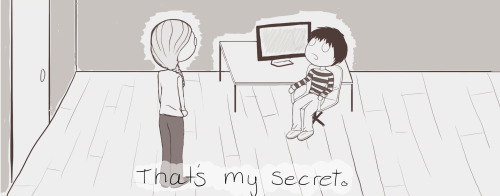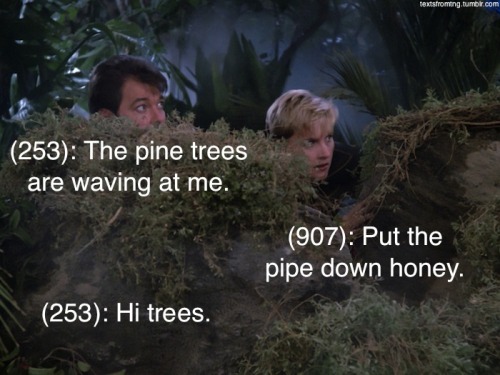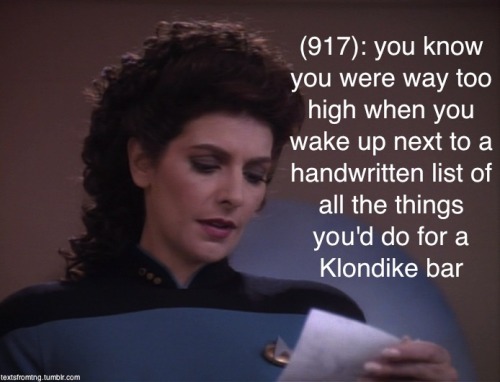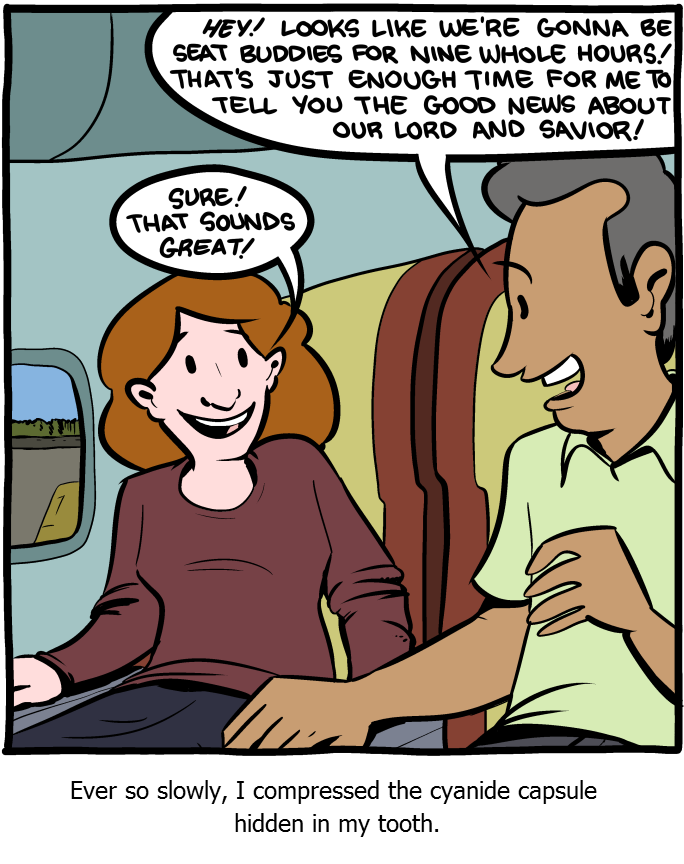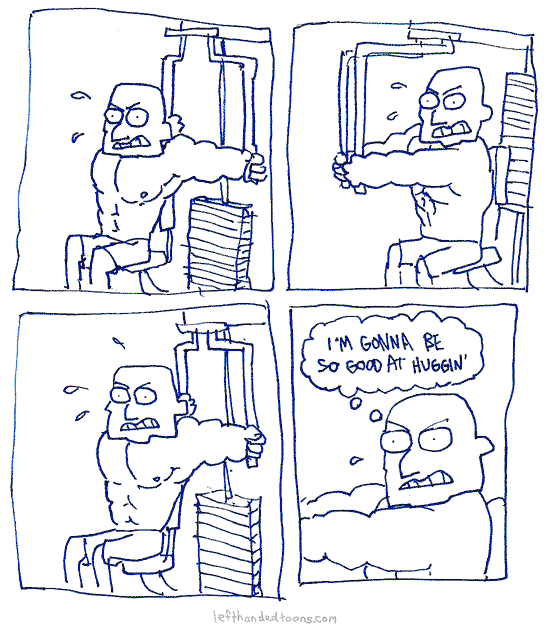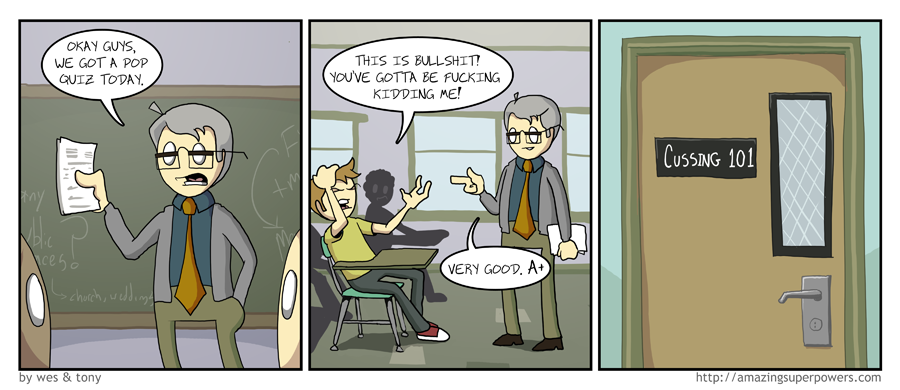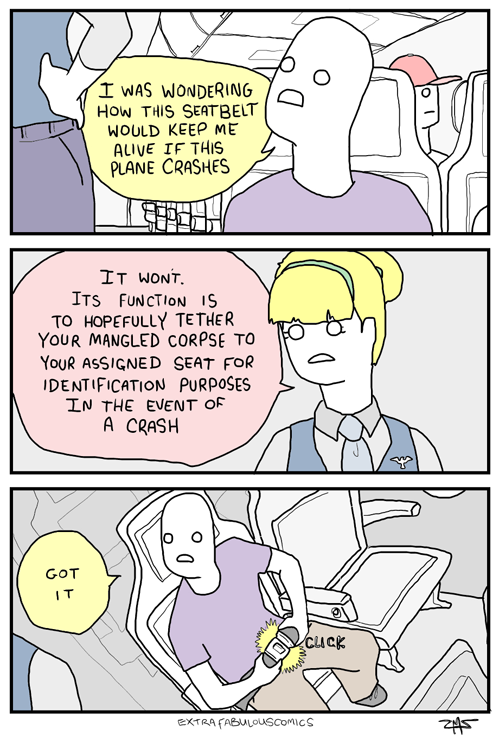Another plate with a nice covering of dendrites. They're very abundant here... saying they're not hard to find would be misleading. More accurately, they're hard to not find.
Photo unmodified. August 19, 2011. FlashEarth Location.
Miscellaneous thoughts on politics, people, math, science and other cool (if sometimes frustrating) stuff from somewhere near my favorite coffee shop.
Saturday, March 8, 2014
Friday, March 7, 2014
Geo 730: March 7, Day 431: Dendrites II
Dendrites form as weathering frees ions from the minerals (in this case, possibly including bits of volcanic glass) making up the parent rock. Some ions, for example, sodium, potassium and calcium, are quite soluble, and tend to be carried off by water. If that water ends up in a closed basin, those minerals may precipitate out again as salts of one kind and another. Other ions, including manganese and iron, are much less soluble and hence less mobile; they might dissolve briefly, only to precipitate back out close to their source.
When mathematicians and scientists started working with the idea of chaos during the late 1970's and 80's, one of the early results was a "random walk" model of dendrite formation. In simple terms, the idea is that an "ion" (computer modeled as a pixel) is released into a fluid, where it moves randomly due to Brownian motion, until it contacts a seed crystal. It then sets, or precipitates, at the point of contact, at which time a new ion is released. Repeating that process many times in a two-dimensional space results in a structure that is very similar to a dendrite. As shown at the previous link, it can also occur in 3-space, but it's less obvious on a two dimensional surface. In the case of dendrites, the "two-dimensional space" is a joint or fracture of some type, which can be conveniently thought of as a plane.
Photo unmodified. August 19, 2011. FlashEarth Location.
When mathematicians and scientists started working with the idea of chaos during the late 1970's and 80's, one of the early results was a "random walk" model of dendrite formation. In simple terms, the idea is that an "ion" (computer modeled as a pixel) is released into a fluid, where it moves randomly due to Brownian motion, until it contacts a seed crystal. It then sets, or precipitates, at the point of contact, at which time a new ion is released. Repeating that process many times in a two-dimensional space results in a structure that is very similar to a dendrite. As shown at the previous link, it can also occur in 3-space, but it's less obvious on a two dimensional surface. In the case of dendrites, the "two-dimensional space" is a joint or fracture of some type, which can be conveniently thought of as a plane.
Photo unmodified. August 19, 2011. FlashEarth Location.
Thursday, March 6, 2014
Geo 730: March 6, Day 430: Dendrites I
Most of the jointing surfaces in the platy lava at the Doherty Grade pull out show nicely developed dendrites. These are generally precipitates of slightly mobile/soluble metallic oxides/hydroxides, not, as they might appear to the geologically naive, actual fossils. My baseline assumption is that manganese oxide is the dominant component, though I read maybe 10 or 15 years ago that most of the time it's not pyrolusite, which was my assumption up until that point. If I recall, it's compositionally equivalent to that mineral, but amorphous. While quite apparent at the above scale, the variety of forms is best appreciated in the full-size version of the photo (right click and select "open link in new tab").
Photo unmodified. August 19, 2011. FlashEarth Location.
Photo unmodified. August 19, 2011. FlashEarth Location.
Wednesday, March 5, 2014
Geo 730: March 5, Day 429: The Process of Geology
One last shot of the platy jointing on Doherty grade- there will be a few more shots of hand samples, most with another feature of interest, but this is the last of the outcrop scale examples. The reason I've spent so much time on this is simple: the things that particularly capture my attention are things that are rare, or inexplicable- to me, at least. It wouldn't surprise me if there is a good explanation for how this structure forms, but I don't know what it is. And when I try to think through how it might, given what I know, I keep reverting to columnar joints. These definitely aren't those. I find a real pleasure in coming up with a plausible and defensible solution to a geologic problem, but the unsolved ones provide a perverse satisfaction too, in the process, once more, of simply trying to find a satisfying explanation. Even if unsuccessful, that process, for me, is its own reward.
Photo unmodified. August 19, 2011. FlashEarth Location.
Photo unmodified. August 19, 2011. FlashEarth Location.
Tuesday, March 4, 2014
Geo 730: March 4, Day 428: Platy Jointing III
More platy jointing, and Dana examining a rubbly portion of the flow(s). As I recall, there were some areas of secondary mineralization, with agate and calcite, in the rubbly parts. Dana was quite taken with that, though in my opinion, it didn't even begin to compare with what we found at the next stop... we'll be getting to that one in a week or so.
Photo unmodified. August 19, 2011. FlashEarth Location.
Photo unmodified. August 19, 2011. FlashEarth Location.
Monday, March 3, 2014
Geo 730: March 3, Day 427: Platy Jointing II
A closer view of the same shot as yesterday. While the platy flows seem to dominate here, there are other flows as well. To the right and below the hammer, there's a rubbly, red, scoria-like flow; a similar one is visible in the upper left of yesterday's photo. These may actually be a part of the same flow as the platy material, representing the basal and surficial breccias, equivalent to aa-aa. I'm not at all certain about that, as the rubbly lava is much more vesicular than the platy lava, and the contact between the units is much sharper than I'd expect if they were different aspects of the same flow.
Photo unmodified. August 19, 2011. FlashEarth Location.
Photo unmodified. August 19, 2011. FlashEarth Location.
Sunday, March 2, 2014
Sunday Funnies: Pop Rocks Edition
Funny to Me
Are You Talking to Meme?
"Those reckless bastards are tempting fate." Sober in a Nightclub
Bits and Pieces
Tastefully Offensive
Sober in a Nightclub
Tastefully Offensive
Poorly Drawn Lines
Very Demotivational
Tastefully Offensive
"After spending five hours working on Excel" What Should We Call Grad School
The Daily Dot
Sober in a Nightclub
Fredo and Pid'gin
Are You Talking to Meme?
Tastefully Offensive
Senor Gif
Fake Science
"When I plan experiments that should work" What Should We Call Grad School?
Cheezburger
See Mike Draw
The Gentleman's Armchair
Are You Talking to Meme?
Cheezburger
Tastefully Offensive (I don't think this will make sense unless you've seen "The Avengers")
Bits and Pieces
Tastefully Offensive
Texts From TNG
Senor Gif
Bits and Pieces (Apparently, this is fer realz)
Texts From TNG
Very Demotivational
"When people read their slides really slowly at a meeting" Senor Gif (NEVER read your PowerPoint slides!)
SMBC
Matt Bors
Fake Science
Savage Chickens
Senor Gif
Left-Handed Toons
Bits and Pieces
xkcd
Extra Fabulous Comics
Cyanide and Happiness
The Far Left Side
Sober in a Nightclub
Cheezburger
Bits and Pieces
Bad Newspaper
Bits and Pieces
Amazing Super Powers
Safely Endangered
Extra Fabulous Comics ...and how's this for one to end on?
Cheezburger



















